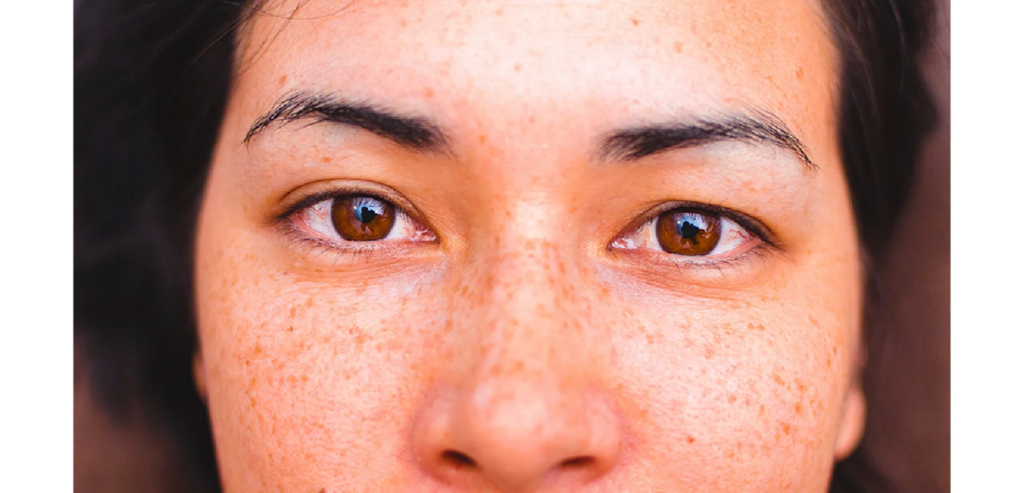Climate change has far-reaching effects on health, including skin health. Changes in temperature, humidity, and air quality all affect the skin’s condition and vulnerability. Dermatology professionals increasingly recognize how environmental shifts influence skin issues, prompting adjustments in prevention and treatment strategies.
Warmer temperatures can increase exposure to ultraviolet (UV) radiation. UV rays are a known risk factor for sunburn, premature aging, and skin cancer. Longer summers and more frequent heatwaves mean many people face extended periods of sun exposure. Dermatology experts recommend proactive measures such as using broad-spectrum sunscreen and wearing protective clothing to reduce risks linked to increased UV radiation.
Effects of Air Pollution on Skin Health
Climate change often contributes to higher levels of air pollution. Pollutants such as particulate matter, nitrogen dioxide, and ozone can irritate the skin and trigger inflammation. Over time, exposure to polluted air may accelerate signs of aging, cause dryness, or worsen conditions like eczema and acne. Dermatology practices are adapting by emphasizing the importance of skin barrier protection and recommending skincare products that address environmental damage.
Changes in Humidity and Skin Conditions
Shifts in humidity levels also play a role in skin health. High humidity can lead to increased sweating, which may worsen conditions like acne or fungal infections. Conversely, low humidity often results in dry, cracked skin and irritation. Dermatologists tailor treatment plans depending on regional climate changes, advising patients to adjust moisturization and cleansing routines accordingly.
Climate change affects the timing and intensity of pollen seasons, leading to longer periods of allergen exposure. This can increase the incidence of allergic skin reactions such as contact dermatitis or hives. Dermatology specialists monitor trends in allergy-related skin issues and recommend preventive strategies, including avoiding known triggers and using antihistamines or topical treatments as needed.
Roles of Dermatology in Adaptation
As environmental conditions evolve, dermatology clinics are updating patient education and care protocols. Providers emphasize early detection of skin cancer and management of chronic skin diseases that may be aggravated by climate factors. Research into new skincare formulations and protective products also supports adaptation to changing environmental stressors.
Maintaining healthy skin requires a holistic approach that accounts for environmental influences. Dermatology professionals encourage regular skin evaluations and personalized care regimens. Protective measures against UV radiation, pollution, and allergens can reduce the impact of climate change on skin. Hydration, balanced nutrition, and stress management also contribute to skin resilience.
Understanding the link between climate change and skin health is an ongoing effort. Dermatology research continues to explore how new environmental patterns affect skin biology. This knowledge helps clinicians develop more effective interventions and informs public health initiatives focused on prevention. Patients benefit from staying informed and working closely with dermatology providers to navigate these challenges.
Taking Action for Skin Wellness
Adapting to climate-related skin changes involves both awareness and proactive care. Patients are encouraged to follow dermatology guidance tailored to their local environment and individual skin type. Routine checkups, sun safety, and appropriate skincare products all play a part. Together, patients and dermatology experts can work to preserve skin health despite the shifting climate.


Leave a Reply